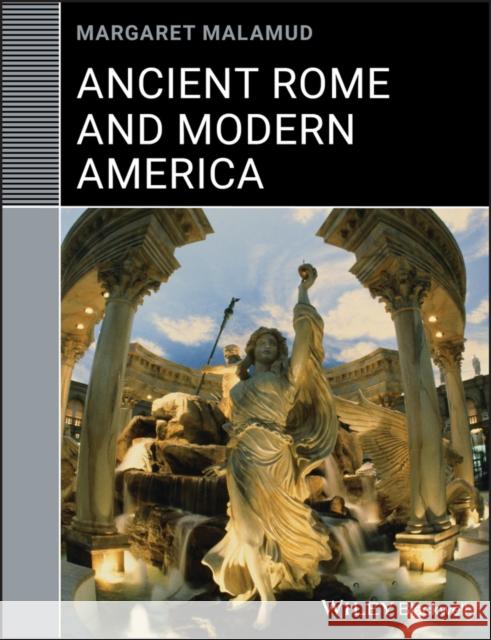Ancient Rome and Modern America » książka
topmenu
Ancient Rome and Modern America
ISBN-13: 9781405139342 / Angielski / Miękka / 2008 / 320 str.
Ancient Rome and Modern America explores the vital role the narratives and images of Rome have played in America's understanding of itself and its history.
- Places America's response to Rome in a historical context, from the Revolutionary era to the present
- Looks at portrayals of Rome in different media: writing, architecture, theatre, painting, World's Fairs and Expositions, and film
- Beautifully illustrated with over 40 high quality photographs and figures











